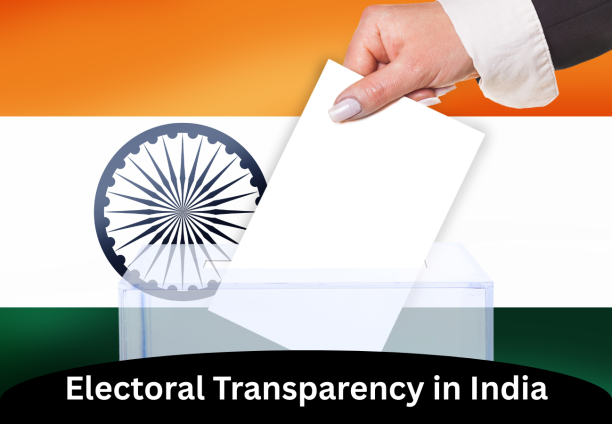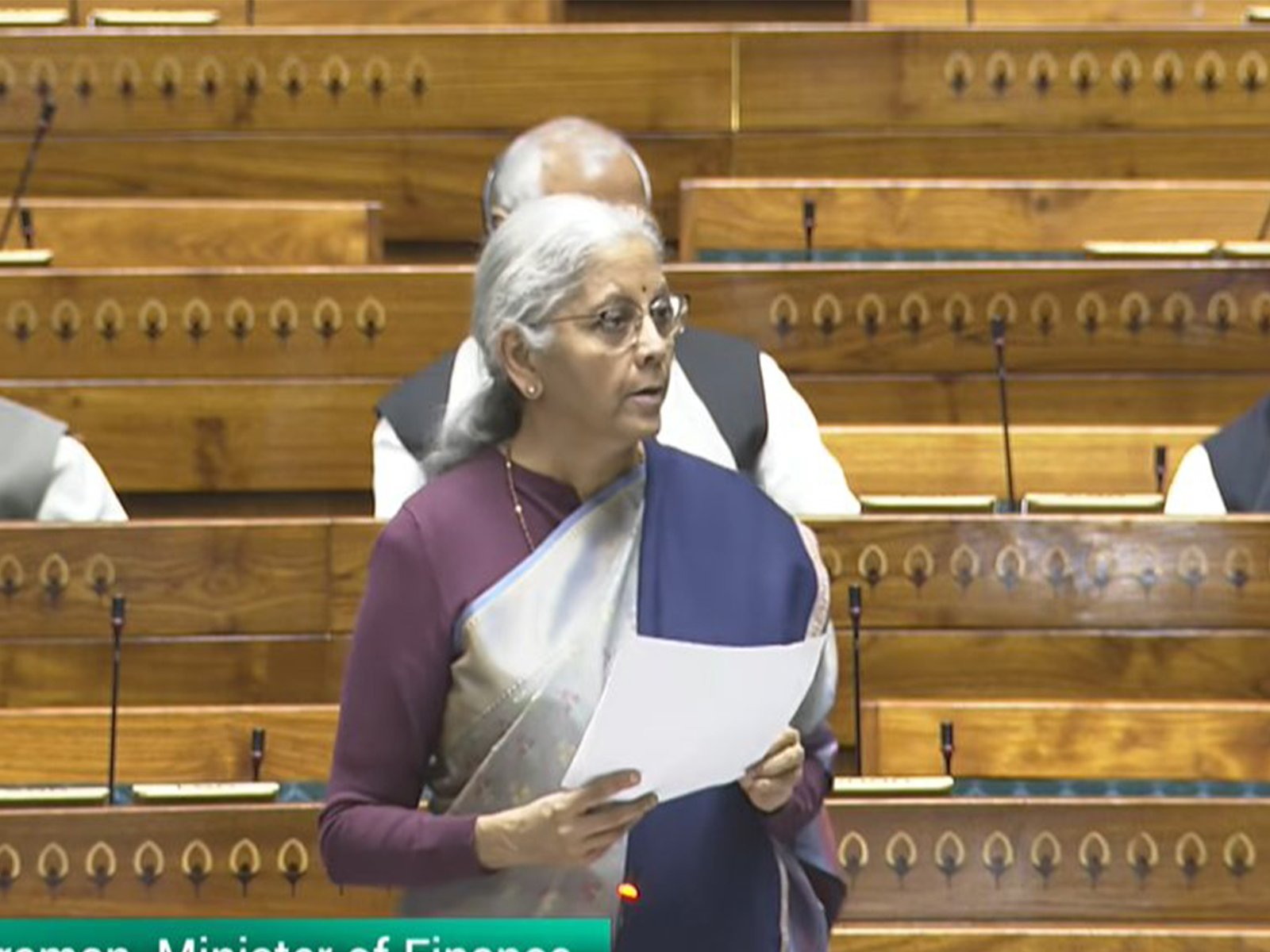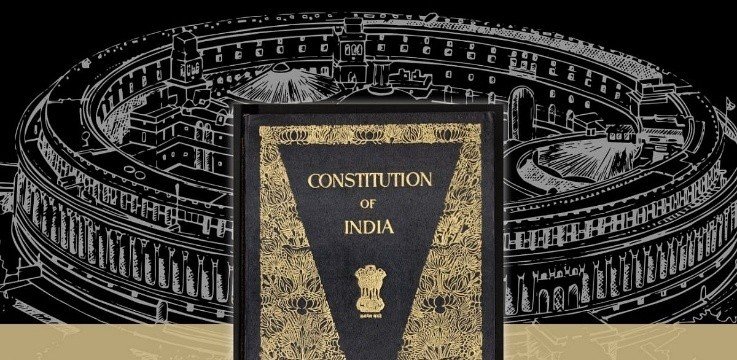Why in the News?
- The Election Commission (EC) finished a Special Intensive Revision (SIR) of electoral rolls in Bihar and plans to roll the exercise out to other States in phases.
- The SIR process attracted judicial attention; the Supreme Court directed the EC to accept Aadhaar as one eligible identity document during the Bihar revision.
- The EC intends to complete countrywide SIRs in a phased manner tied to State election schedules to maintain accurate and fair voter lists.
Legal basis and why a revision was needed
- The Representation of the People Act, 1950 (Section 21) empowers the EC to prepare and revise electoral rolls.
- Normally a summary revision happens before elections, but the EC can also conduct a special revision at any time to correct errors, remove duplicates and include new voters.
- The present SIR responds to the need for clean and accurate rolls before upcoming State polls.
The Bihar pilot: how SIR was carried out
- The EC set a qualifying date and required voters to submit enumeration forms. The process included:
- collection of forms and identity documents,
- publication of a draft roll,
- a period for claims and objections,
- verification by Electoral Registration Officers (EROs),
- publication of the final roll.
- The aim was to update entries, remove duplicates and include newly eligible electors.
Judicial intervention and Aadhaar acceptance
- The SIR in Bihar was challenged in court. The Supreme Court issued interim directions requiring the EC to accept Aadhaar as one of the documents for identity verification while the litigation proceeded.
- This temporary acceptance eased the verification of many voters who otherwise lacked alternative documents.
National roll-out plan and role of forms under RER 1960
- After Bihar’s SIR, the EC announced a phased national roll-out, aligning SIRs with assembly election timetables in different States.
- The process is guided by the Registration of Electors Rules, 1960 (RER), which prescribe standardised forms for voter enrolment, objections, corrections and publication of draft rolls.
- Awareness of these forms is critical for citizens to fully participate in the revision process.
Important Electoral Forms under RER, 1960
| Form Number | Description |
| Form 6 | Application for inclusion of name in the electoral roll by a new voter. Under Section 19 of the RP Act, the qualifying dates for turning 18 are January 1, April 1, July 1, and October 1 of that year. |
| Form 6A | Application for inclusion by an Overseas Elector (NRI) whose passport address determines the constituency of enrolment. |
| Form 7 | Application for objection to inclusion/deletion of a name from the existing roll. May be filed by any registered elector or for deletion of one’s own name. |
| Form 8 | Application for correction of entries/shifting of residence by an existing elector. |
| Form 5 | Official notice of publication of draft electoral roll by the ERO. |
| Form 9 | List of applications for inclusion of names received in Form 6. |
| Form 10 | List of applications for objections to inclusion received in Form 7. |
| Form 11 | List of correction applications received in Form 8. |
| Form 11A | List of applications for shifting of address within the same constituency (Form 8). |
| Form 11B | List of applications for shifting of address outside the constituency (Form 8). |
(Forms 9–11B are prepared and published by the ERO for transparency during the revision process.)
Civic action, inclusion risks and political debates
- Citizens, political parties, NGOs and civil society were urged to assist especially marginalised groups, like migrants, the elderly, the homeless and newly enfranchised youth.
- Political debate emerged: supporters stressed the need for accurate lists; critics warned of rushed implementation, possible disenfranchisement, and administrative glitches that could exclude legitimate voters.
Key Terms
- Special Intensive Revision (SIR)
- SIR is a focused process to update electoral rolls quickly and thoroughly, often ahead of major elections.
- It is more extensive than routine summary revisions, involving door-to-door checks, mass enumeration forms and public awareness drives.
- SIRs are resource-intensive and require careful logistical planning and extra manpower.
- Best practice globally involves phased SIRs, community outreach and legal safeguards for vulnerable groups.
- Effective SIRs depend on coordination between the EC, state administrations, local bodies and civil society.
- Section 21, Representation of the People Act, 1950
- Section 21 provides the statutory authority for preparing and revising the electoral roll in India.
- It sets the legal foundation for summary and special revisions and for establishing qualifying dates.
- The section gives the EC a central role but requires arrangements for local execution through EROs.
- Judicial review can examine EC actions under Section 21 for fairness and legality.
- Any procedural change in roll revision must be consistent with the powers and limits of Section 21.
- Electoral Registration Officer (ERO)
- The ERO is the local official—usually a district or municipal officer—responsible for maintaining rolls in a specific constituency.
- Duties include accepting forms, verifying claims, publishing draft rolls and disposing of objections.
- The ERO’s role requires local knowledge, procedural fairness and transparency to prevent arbitrariness.
- Accountability mechanisms include appeal routes to higher election authorities and judicial review.
- Capacity-building, training and digital tools improve ERO efficiency and reduce errors.
- Registration of Electors Rules (RER), 1960
- RER 1960 provides the detailed procedural framework and standard forms (like Form 6) for enrolment and corrections.
- The rules outline timelines, methods of publication and processes for claims and objections.
- RER can be operationally updated by the EC to reflect technology (online enrolment) or document guidance.
- Clear rules reduce discretionary decisions and increase public confidence in the revision process.
- Periodic review of RER ensures the process adapts to migration, urbanisation and new identity documents.
Implications
- Electoral integrity improves if rolls are accurate; this reduces bogus voting and strengthens public confidence in elections.
- Administrative burden on EC and States will rise because SIRs require staffing, verification and grievance disposal at scale.
- Risk of disenfranchisement exists for migrants, poor citizens and those lacking documents—unless outreach is effective.
- Political contestation can increase, as parties may allege partisan errors or bias in deletion/inclusion decisions.
- Legal and procedural clarity is required on document acceptance and timelines; interim judicial directions (e.g., on Aadhaar) can shape national practice.
Challenges and Way Forward
| Challenges | Way Forward (Practical measures) |
| Document poverty: Many eligible voters lack identity proofs. | Run mobile enrolment camps; accept multiple documents and introduce simple affidavits where verification is possible. |
| Migratory population: Seasonal and inter-state migrants may be absent from local rolls. | Facilitate online/mobile temporary enrolment and easy transfer procedures between constituencies. |
| Digital divide and accessibility: Online forms exclude those without internet. | Maintain physical counters, door-to-door drives and assisted digital kiosks in local languages. |
| Administrative overload: EROs face heavy workload and short timelines. | Phase SIRs by State, extend timelines, deploy additional trained staff and temporary teams. |
| Fear of wrongful deletion: Citizens worry about inadvertent removal. | Ensure transparent publication of draft rolls, wide publicity of claims/objections periods, and easy grievance redressal. |
| Legal uncertainty on documents: Confusion about documents accepted (Aadhaar, others). | Issue clear EC guidelines on acceptable documents nationwide after stakeholder consultation and judicial clarity. |
Conclusion
A well-conducted Special Intensive Revision can strengthen India’s democracy by making votes fair and rolls accurate. However, if SIRs are rushed or poorly designed, they risk excluding eligible voters and creating administrative chaos. The EC should proceed with phased implementation, strong outreach to vulnerable groups, clear document rules, and robust grievance mechanisms to ensure inclusion and credibility.
| EnsureIAS Mains Question Q. Special Intensive Revision (SIR) of electoral rolls aims to ensure accurate voter lists, but it also raises administrative and democratic challenges. Analyse the significance of SIR and recommend measures to make roll revision inclusive, transparent and legally robust. (250 words) |
| EnsureIAS Prelims Question Q. With reference to electoral roll revision in India, consider the following statements: 1. Section 21 of the Representation of the People Act, 1950 empowers the Election Commission to conduct a special revision of electoral rolls at any time. 2. The Registration of Electors Rules, 1960 prohibit the use of Aadhaar as a supporting document for voter registration. 3. During a Special Intensive Revision, the Electoral Registration Officer (ERO) must publish a draft roll and provide a period for claims and objections. Which of the above statements is/are correct? Answer: C (1 and 3 only). Explanations: Statement 1 is correct: Section 21 of the Representation of the People Act, 1950 authorises the Election Commission to prepare and revise electoral rolls, including empowering it to carry out special revisions outside the normal summary revision cycle. This authority enables the EC to correct roll defects whenever wider updating is required. Statement 2 is incorrect: The Registration of Electors Rules, 1960 do not universally bar a particular document; rather, they list acceptable proofs and allow the EC to issue operational guidance. Courts and the EC have in different instances permitted Aadhaar as an identity proof for enrolment or verification, subject to privacy and legal safeguards. Statement 3 is correct: A standard feature of roll revision—whether summary or special—is the publication of a draft electoral roll, followed by a statutory window for filing claims and objections. EROs then verify and dispose of these claims before the final roll is published, ensuring procedural fairness and public scrutiny. |





